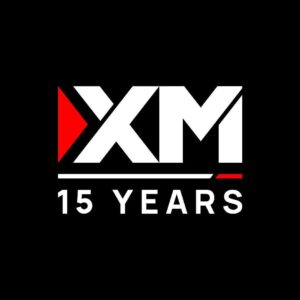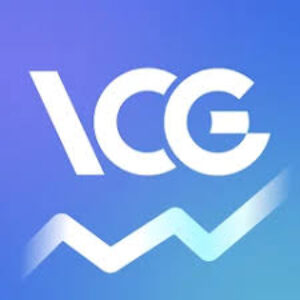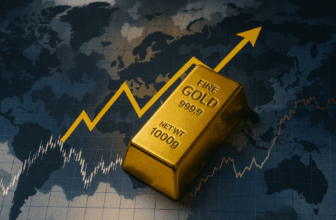
Summary
- The Commerce Department shared a report on slowing consumer spending in the past month.
- Decreases in expenditures on durables like motor vehicles, furniture and home appliances were listed in the report.
- The inflation and consumer spending results align with economists’ predictions.
- The idea of a foreseeable Fed rate cut remains ambiguous, with most economists not anticipating price hikes in the coming month.
- The primary focus of the central bank’s battle against inflation is services.
- A rise of 0.3% in the PCE price index was seen last month, with good prices falling by 0.2%, as per the Bureau of Economic Analysis.
- Consumer spending, representing over two-thirds of U.S. economic activity, was muted, growing by 0.2%.
- A surge in inflation led to more careful spending by consumers.
Analysis of Consumer Spending and Inflation
The analysis by the Commerce Department showed a reduction in consumer spending in the past month. This decline was due to reduced expenditure on durable goods such as motor vehicles, furniture, and other household appliances. The inflation and consumer spending data aligned with economists’ expectations. However, the timing of the first Federal Reserve rate cut remains uncertain due to the increase in service costs at the beginning of the year.
Core Area of Inflation Battle
Services such as healthcare, restaurants, hotels, and recreational activities are central to the U.S. central bank’s fight against inflation. Decision-makers have stated that they are not in haste to lower borrowing costs.
A Possible Rate Cut
According to Christopher Rupkey, chief economist at FWDBONDS, even though the economy is stable, the inflation scare in January may not continue. So, Fed officials might consider a first interest rate cut when they meet in June.
Consumer Spending Trends
With consumer spending slowing last month due to rising inflation, financial markets postponed their expectations for a rate cut to June from May. Presently, the U.S central bank’s policy rate has been raised by 525 basis points to fall within the range of 5.25-5.50%.
Impact on Labor Market
Consumer spending continues to be backed by the still-tight labor market, but there are indications that it’s taking longer for unemployed people to find new jobs. Also, a Labor Department report showed an increase of 13,000 in initial claims for state unemployment benefits for the week that ended February 24.
Future Economic Projections
As per chief economist at PNC Financial, Gus Faucher, consumer expenditure is predicted to gradually rise through 2024, although job and wage gains are anticipated to soften. He adds that the economic expansion is expected to continue throughout this year and into next.

















